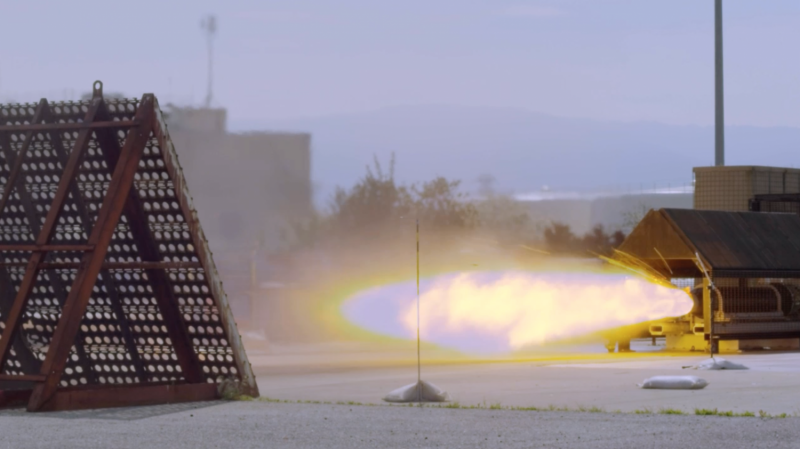From pedicures to the Peregrine rocket, paraffin wax proves its worth

Your candles, crayons, and pedicures have something in common with a revolutionary aerospace engineering project from NASA and Stanford University. The paraffin wax used in familiar, everyday products and pampering is also what fuels the Peregrine hybrid rocket motor.
Fire requires oxygen, and the combustion needed to provide propulsion for a rocket requires both a fuel and an oxidizer to burn. The "hybrid" part of Peregrine's name refers to the different states of the two components the motor uses: a solid fuel (the wax), and a liquid oxidizer (nitrous oxide, which happens to be the stuff of laughing gas, too). On March 15, 2017, Peregrine successfully passed its final ground test, at NASA's Ames Research Center in Silicon Valley.
The project started when researchers at Stanford discovered that paraffin fuel burns three times faster than conventional fuels, and therefore can provide more thrust and higher performance than existing hybrid rockets. They approached Ames for assistance in measuring the burn rate at larger scales and to contribute to the maturation of the technology.
Ames does not normally develop rockets; that is the expertise of NASA's Marshall Space Flight Center in Huntsville, Alabama. But Ames scientists have expertise in understanding, testing and modeling the way gasses, liquids and flames interact and flow around different shapes in different circumstances – fields involving fluid dynamics and aerosciences. Ames' researchers were intrigued by the challenge of reducing costs and improving reliability by developing a hybrid rocket motor that runs on paraffin fuel. Because the technology was in its infancy, it was a perfect fit for the center's focus on launching innovations in their early stages.
Paraffin offers several interesting advantages over traditional rocket fuels. In addition to being non-toxic – which helps make its manufacture and transport cheaper and safer – it can be part of an efficient, stable combustion system that provides higher thrust in a compact motor. The paraffin-based fuel also works under challenging environmental conditions, like the very low temperatures found on the surface of Mars. The Mars Ascent Vehicle, currently under development by NASA's Jet Propulsion Laboratory, aims to use the paraffin technology to return a sample from the surface of the planet to an orbiting spacecraft. This technology could also be used on Earth for boosters and sounding rockets with research applications.
The Peregrine hybrid rocket is also a simpler system, in that it has roughly half the number of components of a liquid rocket motor, and is less explosive than its counterparts using all-solid or liquid propulsion. This is because, with Peregrine's solid fuel and liquid oxidizer stored separately in the engine, they are unlikely to mix inadvertently and react.
Provided by NASA




















